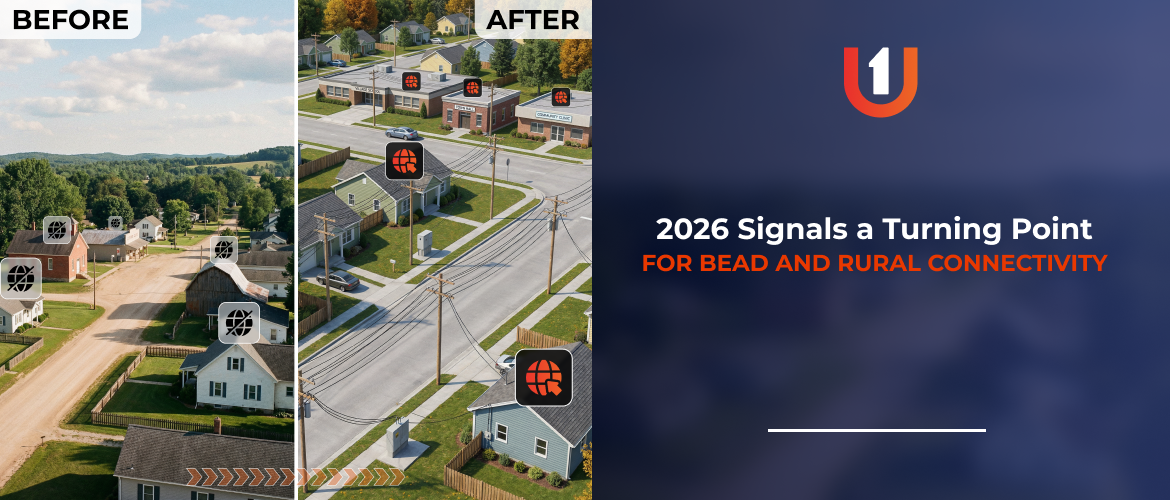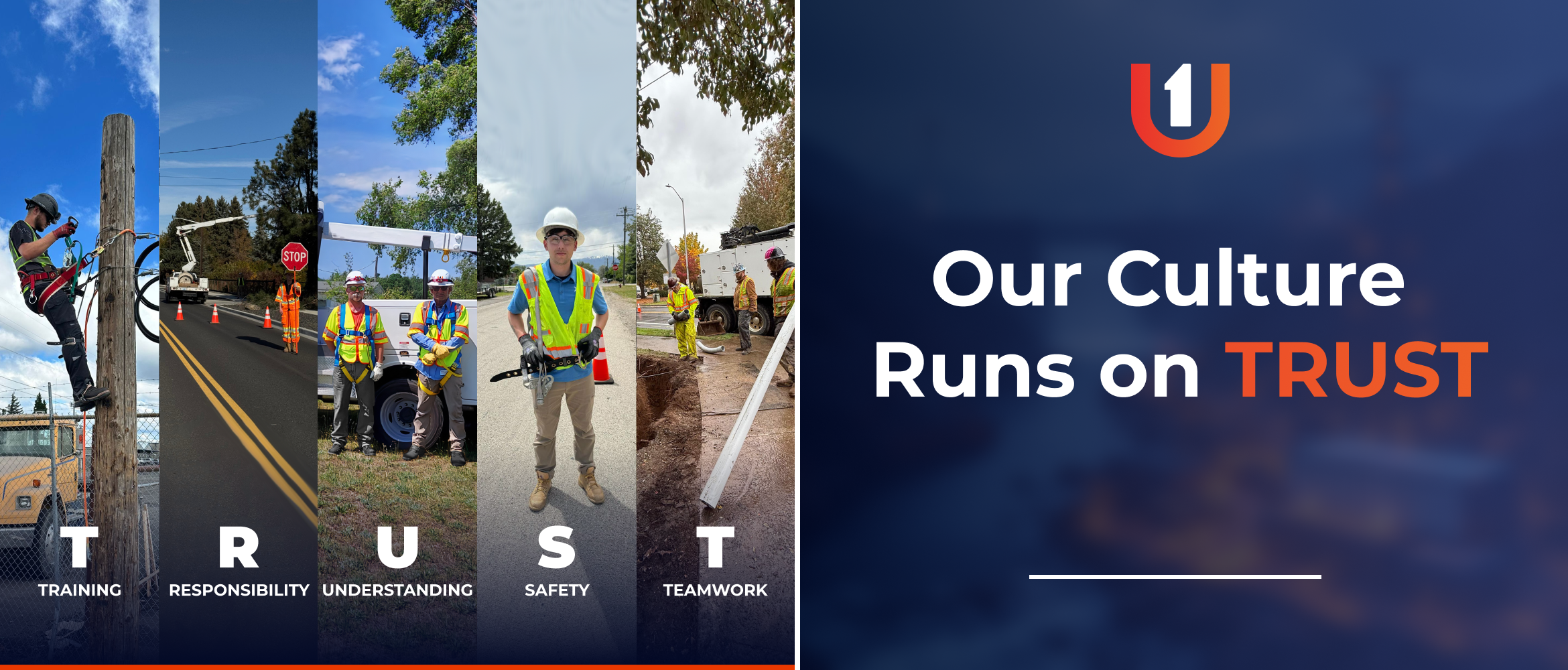News
We don’t expect success, we work for it. Become a part of an amazing team!

High-Speed Internet, High-Quality Living
In today's digitally driven world, the importance of high-speed internet cannot be overstated. As we continue to navigate through a landscape shaped by technological advancements, the necessity of reliable and fast internet connectivity has become paramount. This article explores the significant impact of high-speed internet on various aspects of life, from economic growth to educational opportunities, healthcare access, and overall quality of life.
Economic Growth and Opportunities
High-speed internet is a catalyst for economic growth. According to McKinsey, the Internet accounted for 21% of GDP growth in mature economies over the past five years. The World Bank highlights that a 10% increase in broadband penetration can lead to a 1.21% increase in GDP in developed countries and a 1.38% increase in developing countries.
The Internet economy has grown seven times faster than the total U.S. economy over the past four years, creating over 7 million jobs. This sector now accounts for 12% of the U.S. GDP, contributing $2.45 trillion in 2020 alone. Additionally, the proliferation of high-speed internet has democratized business formation, enabling small firms and individuals to access global markets more efficiently.
Enhancing Educational Opportunities
Education is another sector significantly impacted by high-speed internet. The National Center for Education Statistics (NCES) reports that 14% of U.S. households with school-aged children do not have internet access at home. This digital divide can hinder students' ability to participate fully in online learning opportunities.
High-speed internet provides students with access to a wealth of information and educational resources. According to a study by the Brookings Institution, students with broadband access at home perform 25% better on standardized tests. This access allows for interactive and engaging learning experiences through virtual classrooms, online courses, and educational videos. Moreover, the EdTech industry, which relies heavily on high-speed internet, is expected to grow at a CAGR of 19.9% from 2021 to 2028, further emphasizing the need for robust internet infrastructure.
Improving Healthcare Access
Telehealth has emerged as a crucial component of modern healthcare, especially in rural and underserved areas. According to the American Hospital Association, 76% of U.S. hospitals connect patients and consulting practitioners at a distance through the use of telehealth. High-speed internet is essential for these services to function effectively.
A report from the National Institutes of Health (NIH) found that telehealth services can reduce hospitalization rates by 25%, showcasing the potential of high-speed internet in improving healthcare outcomes. With reliable internet connectivity, patients can consult with healthcare providers from the comfort of their homes, reducing the need for travel and making healthcare more accessible.
Boosting Quality of Life
High-speed internet enhances everyday life in numerous ways. It allows individuals to stay connected with friends and family through video calls and social media, access entertainment through streaming services, and manage their homes with smart home technologies. According to Deloitte, the average U.S. household has 11 connected devices, underscoring the integral role of the Internet in daily life.
A study by the Pew Research Center found that 53% of Americans say the internet has been essential during the COVID-19 pandemic, highlighting its role in maintaining social connections and accessing information. Furthermore, high-speed internet supports civic engagement by providing access to information and platforms for political and social participation.
Bridging the Digital Divide
Despite the clear benefits, a significant digital divide still exists. According to the Federal Communications Commission (FCC), 14.5 million Americans lack access to high-speed internet. This divide disproportionately affects rural and low-income communities. The FCC's 2021 Broadband Deployment Report states that 22.3% of rural Americans and 27.7% of those in tribal lands lack access to high-speed internet, compared to only 1.5% of urban Americans.
Expanding high-speed internet access to underserved areas is crucial. By leveraging federal funding programs and partnering with local governments, significant strides can be made to bridge this gap and ensure everyone benefits from its advantages .
***
High-speed internet is not just a luxury; it is a necessity for high-quality living. Its impact on economic growth, education, healthcare, and everyday life is profound. Ensuring reliable and fast internet connectivity across all communities is essential for fostering economic development, enhancing educational opportunities, improving healthcare access, and boosting overall quality of life.
At Utilities One, we are proud to contribute to this transformation by providing reliable and fast internet connectivity to communities across the country. Together, we can ensure that everyone enjoys the benefits of a connected world.
Key Takeaways
-
Economic Impact: High-speed internet boosts GDP growth by 1.21% in developed countries and 1.38% in developing countries. The Internet economy has grown seven times faster than the U.S. economy, contributing $2.45 trillion in 2020.
-
Educational Benefits: 14% of U.S. households with school-aged children lack internet access, impacting learning. Broadband access improves student performance by 25% on standardized tests.
- Healthcare Access: Telehealth services, enabled by high-speed internet, reduce hospitalization rates by 25%. 76% of U.S. hospitals use telehealth to connect with patients.
- Quality of Life: High-speed internet enhances daily life with social connections, entertainment, and smart home technologies. During the COVID-19 pandemic, 53% of Americans found the internet essential.
-
Digital Divide: 14.5 million Americans lack high-speed internet access, with rural and low-income communities disproportionately affected. Expanding access is crucial for equitable benefits.
Share Via:
Related Posts

13 January, 2026
2026 Signals a Turning Point for BEAD and Rural Connectivity
This article highlights how the BEAD Program is entering a critical deployment phase in 2026, expanding broadband access in rural and underserved communities and outlining Utilities One Group’s role in delivering high-impact infrastructure projects.

18 December, 2025
Behind the Scenes: End of Year Work and Welcoming 2026
At Utilities One Group, this time is used to bring people together, recognize the work done throughout the year, and prepare operations for the months ahead. The goal is simple: enter 2026 aligned, ready, and focused on delivering reliable infrastructure.
300 W Somerdale Rd, Suite 5E, Voorhees Township, NJ 08043
COPYRIGHT © 2026 UTILITIES ONE
